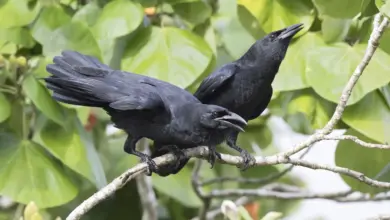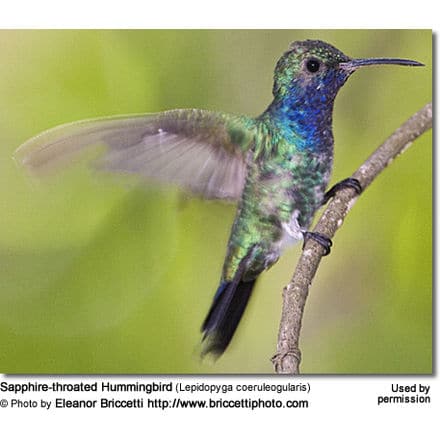Spotted Quail-thrushes
The Spotted Quail-thrushes (Cinclosoma punctatum) are Australian birds that are known by a variety of names, including Spotted Babbling-thrushes, Spotted or Babbling Groundbirds, Spotted-shouldered Thrushes, Babbling Ground-doves, Babbling Ground-thrushes, Babbling or Ground Thrushes, Ground Doves or, simply, Groundbirds.
Distribution / Habitat
Spotted Quail-thrushes occur naturally around coastal and near-coastal areas of eastern Australia from central/southern Queensland south to western Victoria. Subspecies are recorded in the Mount Lofty Ranges of South Australia (east of Adelaide) and eastern Tasmania.
Their preferred habitats are eucalypt forest and woodland areas; particularly favoring areas with rocky ridges.
They are usually seen alone, in pairs, or, during or shortly following the breeding season, in small family groups. These birds are extremely shy and are usually well camouflaged as they forage or move around low to the ground.
Subspecies and Ranges:
Spotted Quail-thrush (Cinclosoma punctatum punctatum – Shaw, 1794) – Nominate Form
- Range: Eastern Australia, from central and southeastern Queensland south to southern Victoria and extreme southeastern South Australia
Spotted Quail-thrush (dovei) (Cinclosoma punctatum dovei – Mathews, 1912)
- Range: Eastern Tasmania
Spotted Quail-thrush (anachoreta) (Cinclosoma punctatum anachoreta – Schodde and Mason, 1999) – On the verge of extinction or already extinct.
- Range: Mount Lofty Ranges in southeastern South Australia. This race was last recorded in 1981 near Spring Mount Conservation Park. Earlier records of this species exist from a location near Ashbourne and at Waitpinga Conservation Park, Spring Mount Forest, Parawa, Clarendon Ridge, Happy Valley, and Deep Creek Conservation Park, and Onkaparinga Gorge, near Clarendon.
Description
Size
The Spotted Quail-thrush measures about 9.5 – 12 inches (24 – 30 cm) in length – including the tail; and the weight ranges between 2.10 – 5.12 oz (85 – 145 g).
Plumage Details / Males
The upper parts are olive-brown with bold black streaks; and the underparts are mostly whitish with dark spots, except for a grey chest. The crown, back, wings, and tail range in color from brown to grey, with black and white markings. Their patterned plumage presents a perfect camouflage on forest floors.
The male has a white patch under each eye, white “eyebrows” and black throat patches. There is a broad band of blue-grey feathers from the eyes down and across the chest.
Females / Juveniles
The plumage of females and immature birds is slightly paler; their markings are less intensely colored; and their throats are pale orange, instead of black.
Diet / Feeding
Their primary diet consists of various insects, seeds, and some small reptiles.
Breeding / Nesting
Spotted Quail-thrushes usually breed from August to December, and may produce up to 3 broods.
Their open-cup nests are constructed out of grass, leaves, and bark. The nests are placed on the ground in a sheltered location.
The average clutch consists of 2 -3 creamy eggs with small spots.
Calls / Vocalizations / Sounds
The calls of the Spotted Quail-thrushes are described as high twittering or loud double whistle ‘whee-it‘, ‘wheet-wheet-wheet‘ sequences.
https://www.xeno-canto.org/embed.php?XC=86002&simple=1
Alternate (Global) Names
Chinese: ??? … Czech: Kosovec skvrnitý … Danish: Vagteldrossel … Dutch: Gevlekte Kwartellijster / Raltimalia … Finnish: Suomuviiriäistimali … French: Cinclosome pointillé, Flûtiste tacheté … German: Fleckenflöter … Italian: Tordo quaglia macchiato, Tordo-quaglia macchiettato … Japanese: uzurachimedori … Norwegian: Flekkvakteltrost … Polish: pieszak plamisty … Russian: ?????????? ??????? ???????? … Slovak: Flautista škvrnitý … Spanish: Tordo Codorniz Manchada, Zordala Manchada … Swedish: Fläckig vakteltrast


